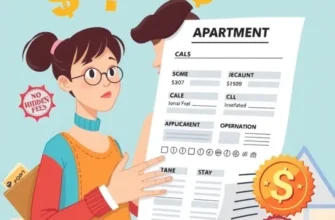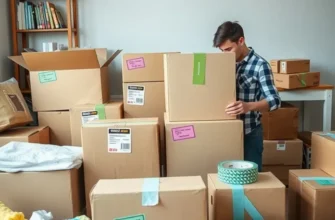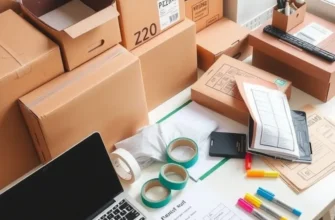Renting your first apartment can feel like jumping into the deep end of a pool without knowing how to swim. Exciting, sometimes overwhelming, and perhaps a tad frightening, it’s not just about finding a place that fits your trendy furniture or has a great Instagram backdrop. It’s also about ensuring you’re not walking into a trap disguised as a cozy nest. There are numerous hidden factors that can turn your dream apartment into a management nightmare. Spotting these potential pitfalls or ‘red flags’ during an apartment inspection is crucial for young adults, couples, and families alike. Don’t just put your trust in a shiny brochure; keep your eyes peeled for what’s behind the curtain! Let’s dive into the common signs that scream, “Look out! Run away fast!” so you can make informed decisions and avoid those pesky rental regrets.
Smells Like Trouble: Odors That Raise Questions
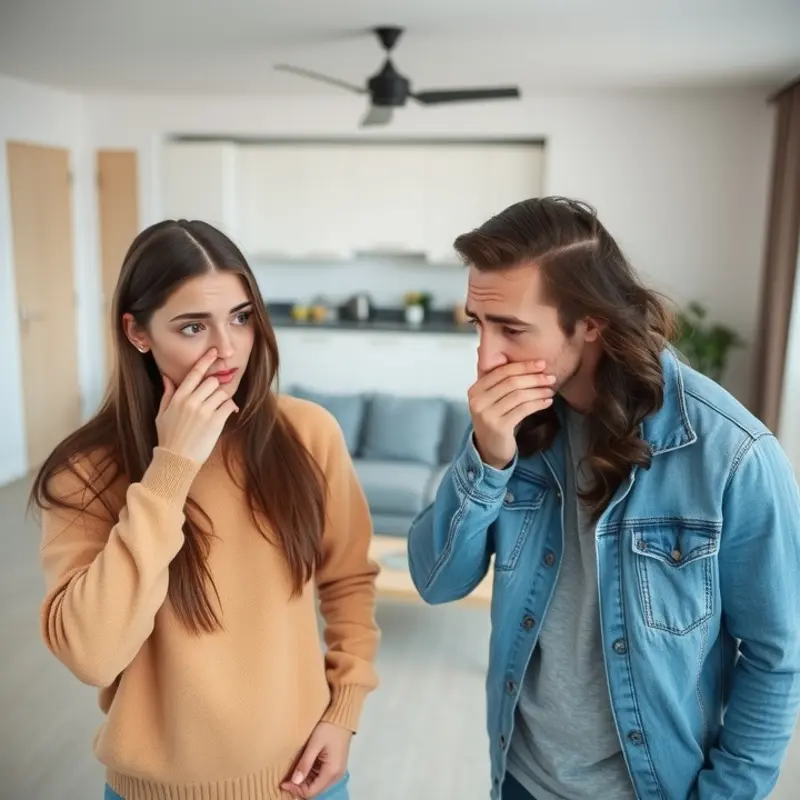
Walking into a prospective apartment is an experience for all senses, but don’t forget one key factor—your sense of smell. The odors that greet you upon entry can reveal much about the apartment’s hidden problems.
Unusual odors might indicate issues that are not immediately visible. The scent of mustiness, for instance, is a classic red flag. It could be a sign of moisture problems, often leading to mold and mildew. Mold not only harms the structural integrity of the apartment but also poses significant health risks. Pay attention to your airways and eyes—if they become irritated, mold might be a culprit lurking behind walls or under flooring.
Another odor to be wary of is the acrid smell of plumbing trouble. If an apartment greets you with the scent of sewage or rotten eggs, this could indicate a problem with the drainage system or sewer lines. These issues may range from minor plumbing fixes to serious system overhauls. Don’t ignore pungent smells emanating from sinks or bathrooms—they could signify deeper plumbing complications that are not only costly to repair but can also lead to water damage or mold.
An overpowering scent of chemicals or cleaning products can be equally troubling. While a clean apartment is appealing, an excessive use of air fresheners or cleaners could suggest an attempt to mask unpleasant smells. In some cases, landlords might use strong scents to conceal pet odors or tobacco smoke lingering from previous occupants. Make sure to discuss smoking policies and pet history with the landlord or agent to ensure you know what you’re signing up for.
Interestingly, sometimes a lack of odor can be just as interesting. If an apartment seems surprisingly odorless, it might have been recently renovated. While new finishes are appealing, they can also emit volatile organic compounds (VOCs) that could degrade air quality. Always inquire about recent renovations and whether proper ventilation has been maintained during these updates.
Don’t underestimate the value of a skilled nose when inspecting an apartment. Trust your olfactory senses as much as your eyes. If everything looks great but something smells off, investigate further. It’s advisable to revisit the apartment at different times of day to check whether odors persist or change, giving you a fuller picture.
For those transitioning to a new home, planning for a fresh start is essential. Familiarize yourself with natural apartment-friendly cleaning products to maintain a healthy indoor environment once you’ve ensured your new space is free from concerning odors. Your nose knows—don’t disregard its hints during your apartment hunt.
Visual Warnings: What to Look for with Your Eyes Wide Open
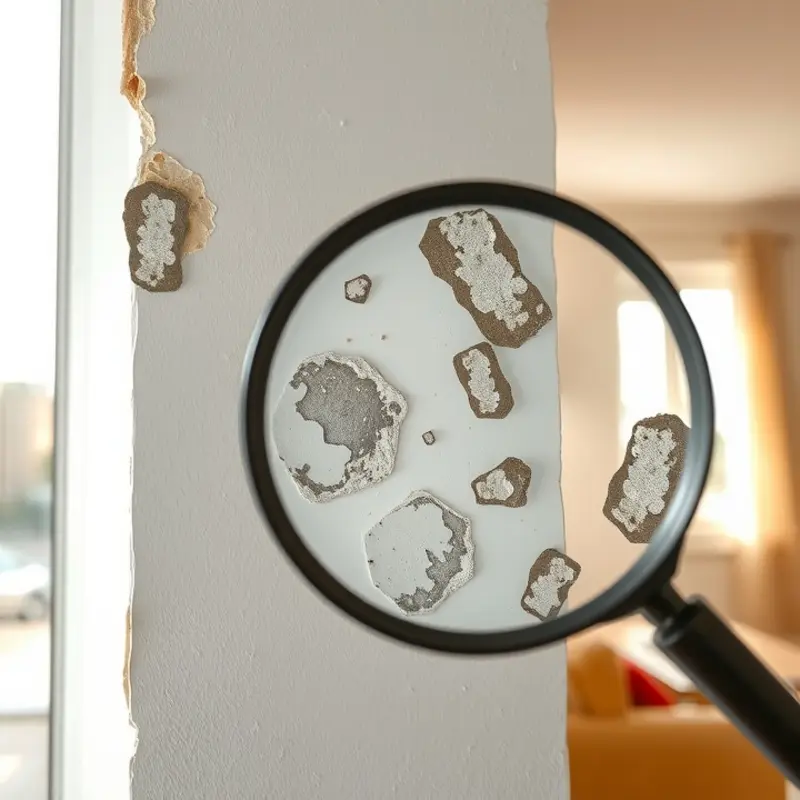
When inspecting a potential apartment, avoid the trap of only checking out trendy decor or stylish furnishings. What sometimes hides beneath that surface can be much more telling about the condition and value of the apartment. Let your eyes scan not just the layout but the finer details. As you walk through the apartment, lift your eyes to meet the ceiling. Water stains that appear in circles or streaks often indicate past or present leaks. These can suggest underlying issues with plumbing or a poorly maintained roof. Dig deeper and ask the landlord about recent repairs or ongoing issues.
Next, bring your focus to the walls. Peeling or bubbling paint signals excessive moisture exposure, which can lead to mold. Mold not only damages the structure but is a health hazard. Mold spots may appear as small dots but can quickly spread, causing long-term respiratory problems. Even freshly painted areas can be a red flag if an attempt has been made to conceal these blemishes rather than address the core problem. Be sure to inquire about what the landlord did to resolve any underlying issues causing these problem areas.
Do not miss the importance of scrutinizing around windows and ventilation. Poor sealing or a musty smell could be signs of inadequate ventilation and insulation, leading to condensation issues. Good airflow is critical for a healthy living space and can also impact energy efficiency, adding unwanted costs to your utility bills.
Inspecting the floors is just as crucial. Warped floorboards, cracked tiles, or stains might seem insignificant on the surface but often serve as screaming symbols of water damage or structural neglect. Carpet conditions can also reveal hidden secrets; excess wear at door entries or furniture indentations suggest the potential for pests or unpleasant odors lingering beneath. Be especially alert in buildings that allow pets. Addressing these concerns before moving in can save you from costly and uncomfortable situations later on.
Floors and ceilings provide a picture of the apartment’s maintenance history and future. While you’re focused on appearances, don’t forget to peek in closets, under sinks, and around any hidden spaces. Darkness hides imperfections, and a flashlight or phone light can be quite revealing.
Taking your visual inspection seriously not only prevents you from unforeseen repair expenses but also promotes peace of mind knowing your new home is safe and stable. For further guidance on maintaining a healthy and safe living space, check out our tips on apartment radon safety.
Final words
Finding the perfect apartment can be as tricky as choosing a favorite pizza topping—everyone has their preferences, and the stakes are high! By keeping an eye out for those pesky red flags, like strange odors or troublesome visual signs, you’ll save yourself from moving into a place that makes you feel more like a squatter than a satisfied renter. Remember, a little bit of precaution goes a long way in protecting your peace of mind and wallet. So, the next time you’re inspecting a potential rental, channel your inner detective and keep those senses sharp. Happy hunting, and may your new home be filled with joy, laughter, and minimal maintenance!


